Soccer accessories are uniquely designed to suit and aid soccer players on and off the pitch. In other words, they keep soccer players safe and comfortable on the pitch while training or actively competing in a match.
But, can they ( boots) positively or negatively affect a soccer player’s performance? In fact, is the use of soccer boots compulsory in the game?
One of the most consistent pieces of equipment since the invention of soccer is the soccer boot. Soccer boots are important footwear used in most soccer variants and they usually come in numerous designs to serve different purposes.
In the rules of soccer, no other footwear is allowed to be worn by players on the field, especially during professional soccer matches. This rule exists to protect soccer players from potentially destructive injuries.
Soccer boots are designed with important features that enhance players’ performance, speed, and stability. Unlike conventional footwear, soccer cleats are designed to provide the utmost comfort for players during play.
Since they are used on different surfaces, manufacturers have been able to craft different designs to suit different playing surfaces. Some boots are suitable for artificial turfs, others are effective on natural turf, and another category can only be used for indoor games.
Players mostly use their feet in soccer to kick the ball around and are only allowed to use their hands in very few cases. So, the big question is, do soccer cleats make you kick better?
The attempt to answer these questions gave rise to the invention of better soccer boots over the years which are skillfully enhanced to ensure maximum comfort, reduce the risk of injury, and at the same time influence player’s kicking accuracy and shooting speed.
Soccer boots have proven to be effective over the years even when much attention wasn’t paid to their production. In this article, we have examined the effects soccer boots have on players and how it affects their overall performance.
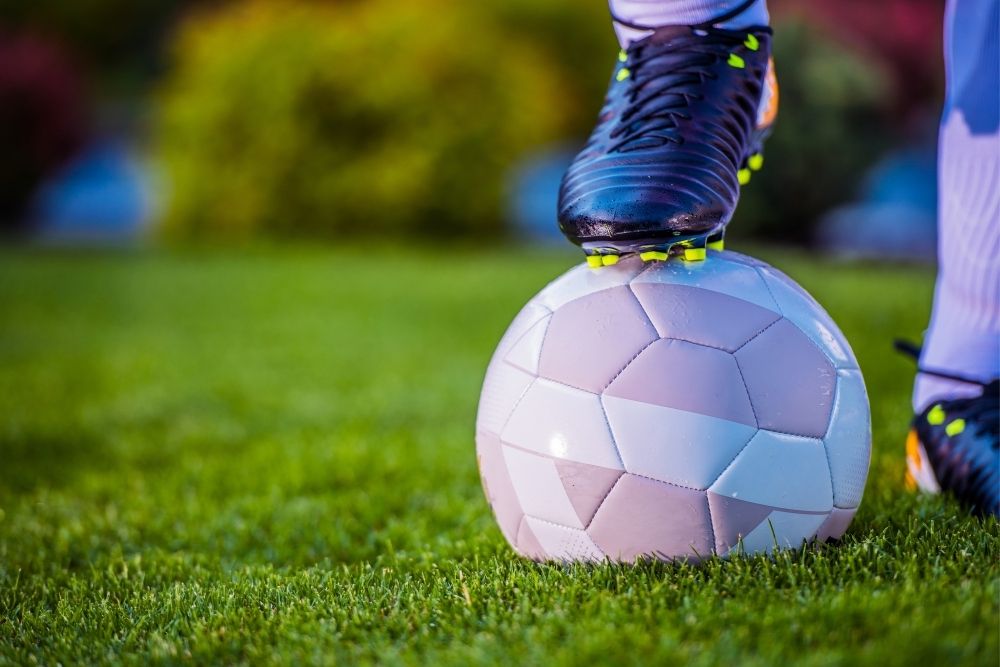
Quick Navigation
How do soccer boots affect performance?
Soccer boots can be traced back to the 18th century. At that time, heavy steel-toed work boots were used for soccer, these shoes were heavy as they had a mass of about 500 grams and did not sit well with soccer players due to the level of discomfort they caused.
In addition to impeding the speed of soccer players, the use of steel-toed boots for soccer also fast-tracked the wear of the balls—and there were not so many of them at that time.
Over the years, soccer boots have evolved. They are not heavy as before and the comfort of players has been prioritized. A lot of science and technology goes into the production of soccer boots these days.
Soccer usually involves a lot of footwork like running with the ball, kicking, and receiving the ball in fast motions. To carry out these activities and more with ease, the soccer boots of players had to be fitting and comfortable.
Although the overall performance of players in a game is not solely determined by their footwear, boots do have a tremendous effect on how players perform during a game. Below are the various ways soccer boots affect players’ performance.
Material and shape
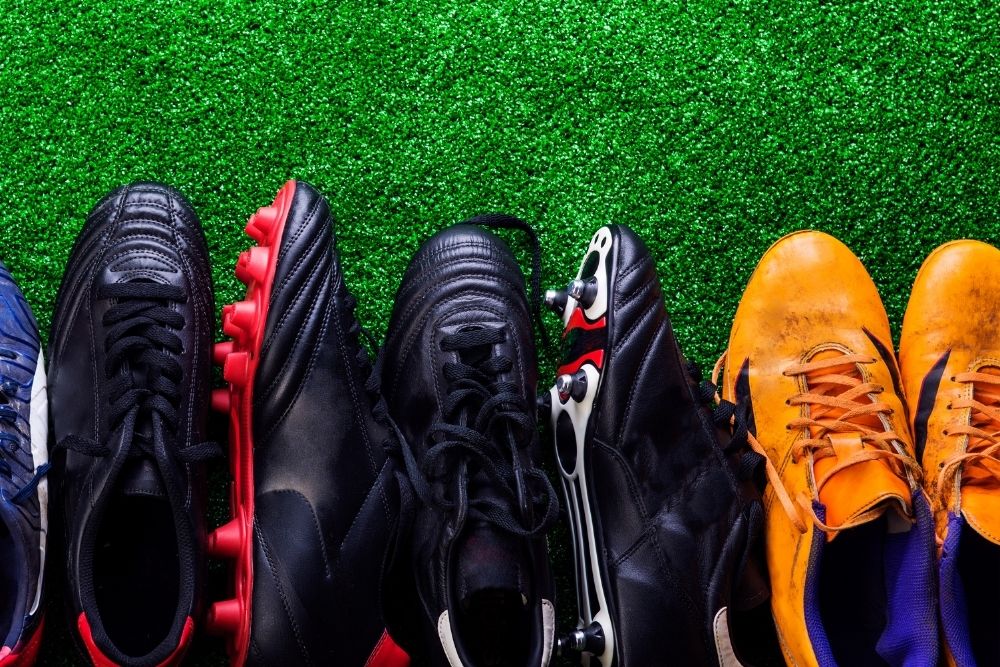
The material used in making a soccer boot will ultimately determine its weight. On the other hand, soccer boots are usually structured to enhance a particular skill in the game.
For example, boots with a wider upper like those worn by Lionel Messi can enhance ball control while those with tapered toe areas will usually favor speed. It is not surprising that Mo Salah enjoys the use of the latter.
While boots made of leather can enhance ball control, it also makes the boots heavier, which tends to slow down the player’s speed. Thus, most players will usually struggle to find the right soccer cleats—and it is always important that they do.
Pros of material and shape
- Enhance ball control
- Provide stability for players to hit top speed
Cons of material and shape
- The more the parameters to check the harder it becomes for players to find the right boots
Comfort evaluation
The comfort gotten from soccer footwear is held in high esteem as it conditions players’ movement during games. When players feel uncomfortable in their boots due to pain and discomfort, it will prevent them from showcasing their full potential.
Therefore, soccer boots that are well-shaped and offer maximum comfort are among the major factors influencing high-performance in players. While in comfortable boots, players can change direction easily and also run faster.
It is not surprising that soccer players with special foot needs have to rely on custom-made boots to improve their comfort. A good example is Philippe Coutinho who used to cut his boots to stop blistering on the heels.
Comfort has a direct link with players’ performance. A soccer player wearing a tight cleat that is crushing his or her toes will always be conscious about kicking the ball to avoid breaking their toes.
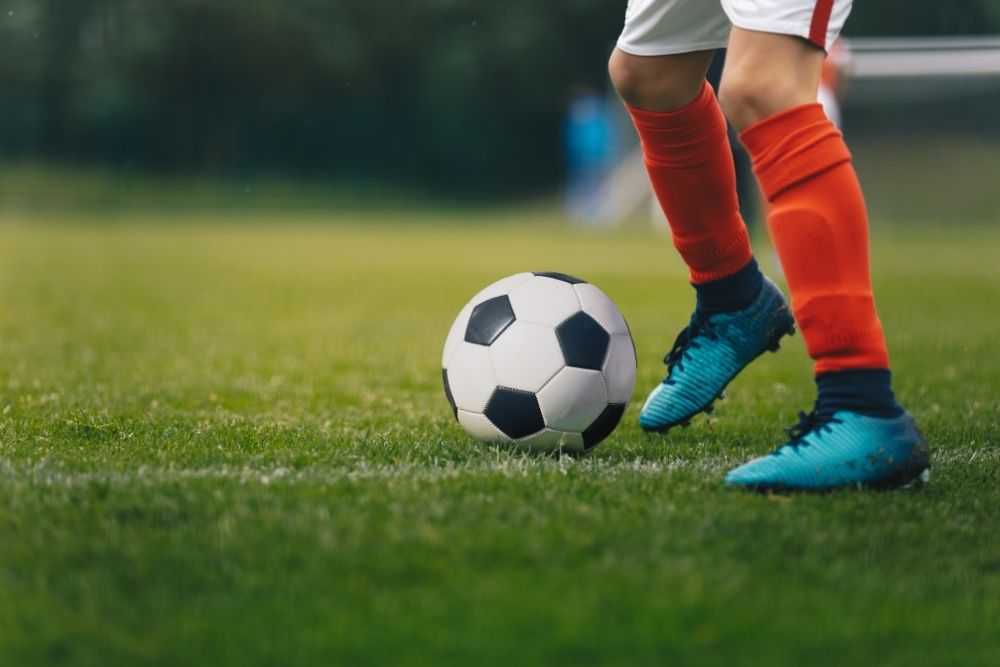
Pros of comfortable boots
- Comfort ensures that players play with ease
- Players can cover large distances without feeling pain
- Kicking and passing the ball is easily achieved
- Players shoot better shots that can cover farther distances
- One less problem to worry about
Cons of uncomfortable boots
- Uncomfortable boots may lead to injury
- Having full control over the ball will be limited
- Players often find it difficult to cover long distances
Traction and stability
Traction and stability are very important when trying to understand how soccer boots affect a player’s performance. These two factors, although very important, are not as important as comfort.
The length and arrangement of studs on the outsole of boots help in determining the level of interaction between the foot, the boot, and the ground. These designs create the needed traction for players on the pitch in respect to the nature of the playing ground.
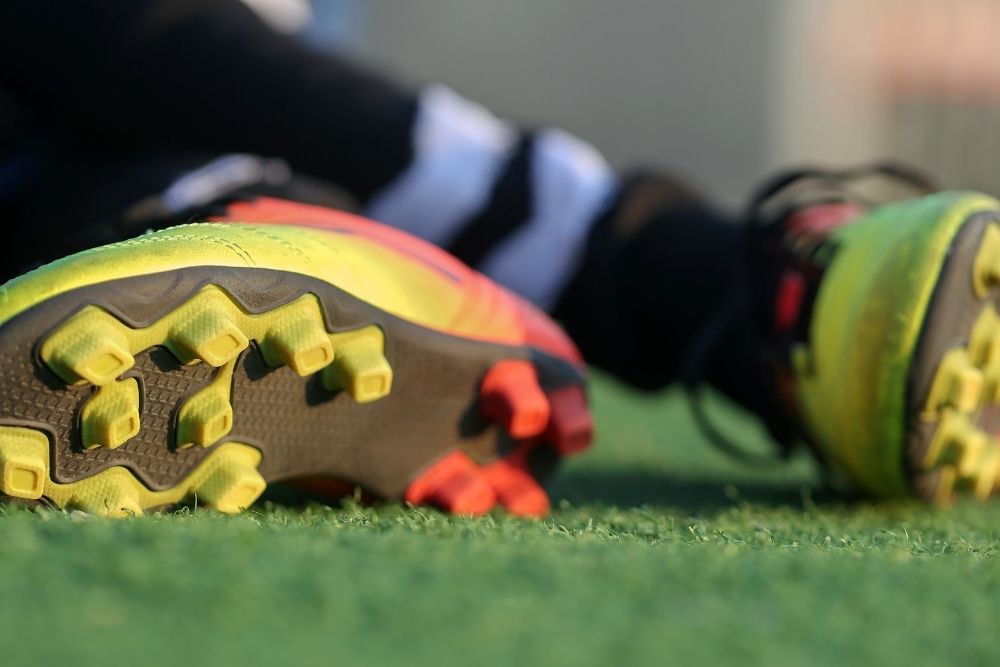
For a wet surface, it is advisable to use boots with longer studs, while medium or shorter studs work better on dry or moderately moist pitches.
Soccer is played on numerous surfaces—and some might be slippery when wet. If there are little or no traction properties on a boot, players will be forced to run and play cautiously to avoid slipping.
Soccer players need a great deal of confidence to carry out some of the actions they perform on the pitch. If a soccer player is consistently cautious about slipping and falling, it makes it harder for them to execute certain moves.
Without proper traction, a slippery pitch can reduce players’ performance as they will find it difficult to run, dribble, pass and shoot the ball. Traction is very important in soccer boots because it can increase a player’s performance.
Research shows that surface conditions and different types of soccer boots affect the running performance of players. Boots without studs on their outsole resulted in a slower running time of about 26%, this directly implied that the time at which players were to cover a certain distance was reduced.
Stability also matters a lot in soccer as it helps players in positioning themselves appropriately before passing or shooting.
The right boots ensure uniform distribution of pressure on a player’s foot. Therefore, players who go for the wrong boots might have difficulty playing effectively because of a lack of stability.
Importance of traction and stability
- When the right stud is used on the right surface, players perform better
- Better traction properties on soccer boots enable players to run faster and also cover longer distances
- The right soccer boots give players the stability they need for positioning
- Players have better stamina
Effects of the absence of traction and stability
- Fewer traction properties on boots cause slow movement, especially on wet surfaces
- Players’ stamina is limited
- Less distance is often covered
Kicking Accuracy
Giving accurate kicks and passes are good skills possessed by most soccer players. Without wearing boots, soccer players can hardly kick balls accurately.
The shape of boots is one of the factors that ensure that balls are kicked accurately. Kicking the ball with the toes—although not a good practice for accuracy—is easier with boots.
Imagine kicking the ball with the toes while you are not putting on boots. Firstly, your big toe will likely hit the ball first before the other toes and this will further mar your accuracy.
Below are some factors that can influence players’ kicking accuracy.
- Makes it easier to kick the ball with different parts of the foot
- Limits injury from kicking the ball
- Ensures even distribution of pressure on the ball which improves accuracy
We have seen soccer players miss open-net goals because of poor kicking accuracy. Therefore, it is not surprising that amateur soccer players usually spend their time in drills learning how to deliver accurate shots. Having the right pair of boots can help you to reach that goal faster.
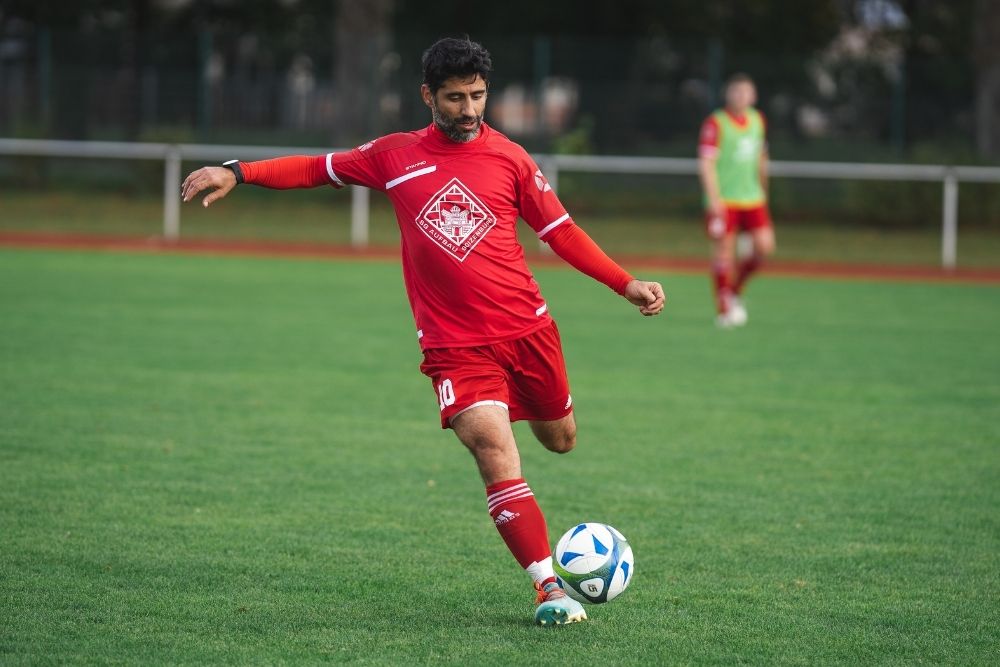
Pros of kicking balls accurately
- Accurate balls always travel as intended and rarely miss their target
- Accurate kicks guarantee more goals
- It increases a team’s ball possession
Consequences of not kicking balls accurately
- Chances of scoring goals are reduced
- It kills players’ morale and enthusiasm
- Inaccurate kicks can cause injuries to either the player kicking the ball or to other players on the pitch
Lower chance of injuries
Soccer is a sport that involves rigorous activities so the risk of sustaining injuries cannot be trivialized. Since soccer is usually played with the foot, most players often suffer from injuries on their feet.
When the wrong pair of boots are used on a surface, it may lead to severe injuries. A wrong fitting boot can cause a lot of discomfort and pain to a player.
Most soccer boots come with ankle support which locks the player’s ankle, making it possible for the player to twist and turn on the pitch without spraining their ankles.
This feature is invaluable when the player receives a sliding tackle from another player. Without soccer boots, the impact will be severe.
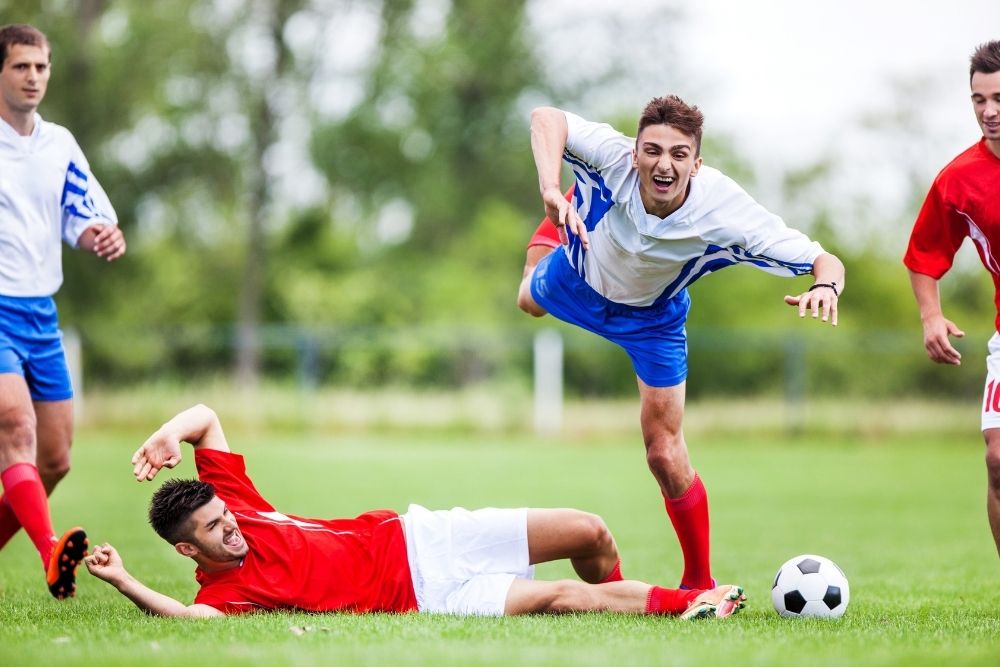
Wearing soccer boots that provide adequate protection emboldens soccer players to make daring moves—which adds to the excitement of the game.
Effects of soccer injuries
- Injuries can end a player’s career
- Injuries can keep a player away from crucial matches
- Players with injuries often perform poorly during matches
How do soccer boots affect performance of players in futsal?
Among the other soccer variants, futsal happens to be one of the most popular. However, unlike association football, it is played indoors on a smooth surface.
Beach soccer is also as popular as futsal but we will not be talking about that since beach soccer players are not allowed to wear soccer boots.
There are other significant differences between association football and futsal including the size of the net, the size and weight of the balls, and the nature of boots. The boots of futsal players have flat outsoles.
Obviously, the use of cleats with studs on the smooth indoor surface will not only harm the playing surface but will also lower traction and stability. The flat outsoles reduce the chance of slip and fall among soccer players.
Also, futsal balls are the hardest among all the soccer variants. What this means is that it has a higher chance of causing foot injuries when you kick them with bare toes.
Other notable importance of futsal boots and how they can affect performance are as follows;
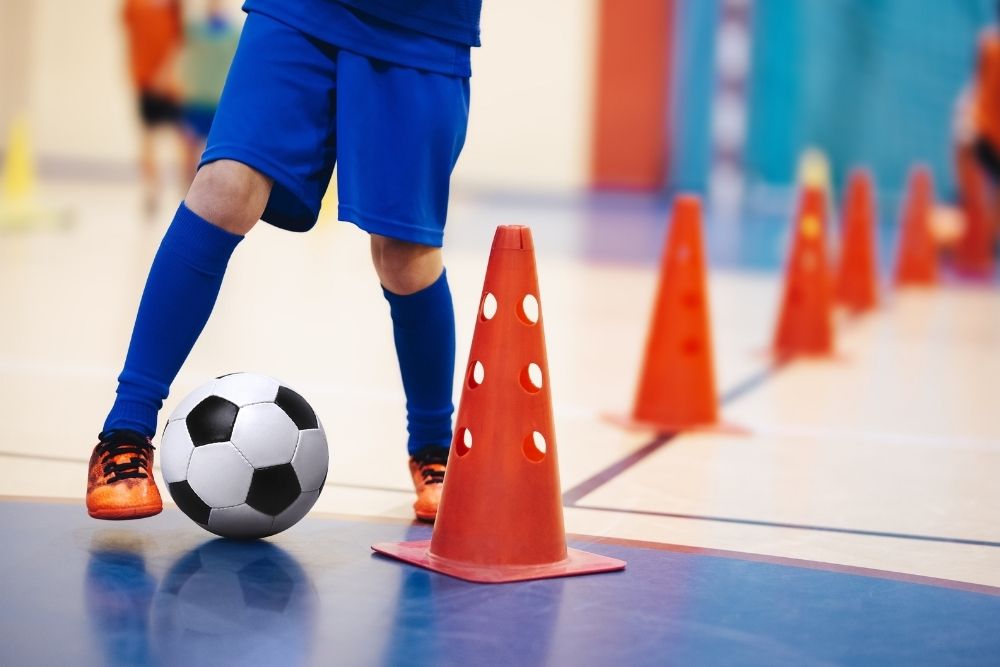
Improves ball mastery
Unlike association football where the pitch is large and the players have to make lots of runs, futsal pitch is smaller and players don’t need lots of speed to move from one end to another.
So, manufacturers of futsal boots design them to maximize ball control rather than for speed. The upper of futsal boots have an excellent grip on the ball which enhances ball control.
Also, the no-stud design of the boots in addition to the flat non-marking outsoles allows the player to make sharp turns with the ball as well as control the ball with their sole. This is a basic technique in futsal.
In summary, these features enhance quick feet which is an important skill in all soccer variants.
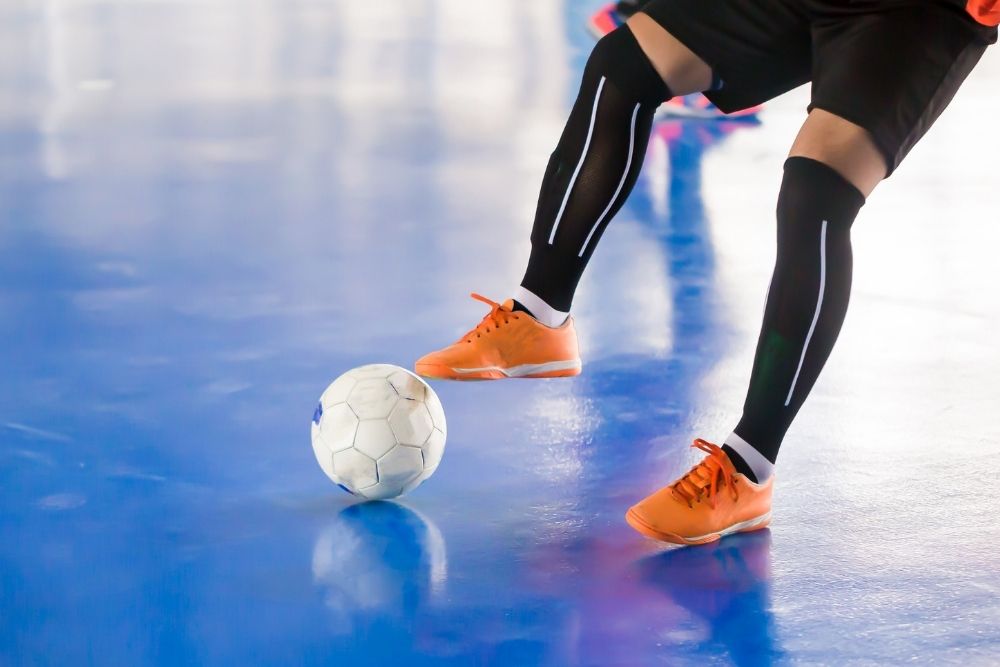
Enhance shot power
Since futsal nets are smaller in size, it is easier for the goalie to catch the ball. Therefore, futsal players try to overcome this limitation by increasing their shot power to beat the reflex of the goalkeeper.
Interestingly, the part of the foot that can be used to shoot quickly is the toe. So, the toe area of futsal boots is wide and reinforced to protect the toes of the players when they take shots.
In addition to protecting the toes, the reinforcement in the toe area and the width work together to enhance shot accuracy.
Perhaps, you have heard that kicking the ball with the toe is a bad idea. Well, we have discussed all you need to know about the safety of this technique here.
Conclusion
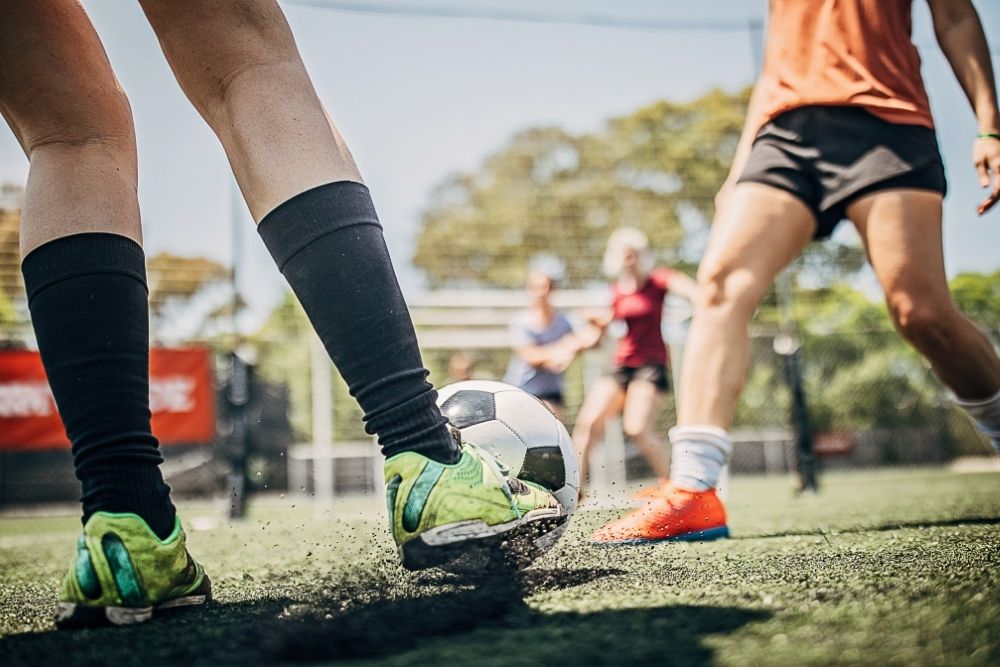
Obviously, not all soccer variants allow the use of boots. The most prominent in this regard is beach soccer. However, for those that allow the use of boots, the boots affect performance—and this can be positive or negative.
Soccer boots are different from conventional running shoes and they have proven to be very effective during matches. Every soccer player desires to have maximum comfort for high performances when playing matches and that is why manufacturers often consider comfort as a high priority.
Wearing properly fitted boots also increases your chances of properly furnishing these skills. Soccer players are often advised to consider comfort, traction, and stability when purchasing new pairs of soccer boots as they reduce the risk of injuries and consistent low performance on the pitch.
Hi there, I’m Jay.
Soccer is everything in my life! My friends and I have created this blog with all our enthusiasm, passion, and understanding after years of playing pro soccer. Hope you will enjoy it!
